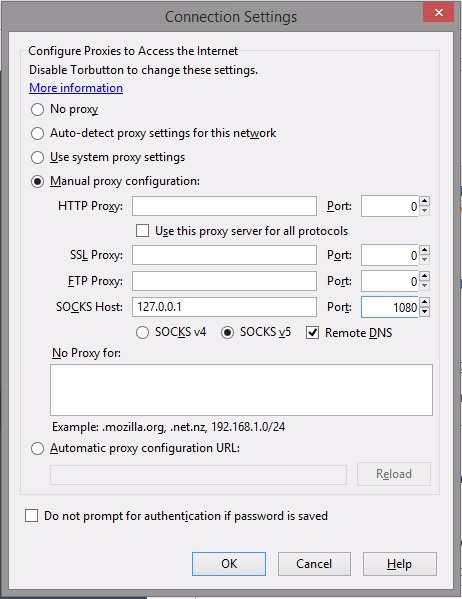

Though VPN is generally easier to set up the problem is that there is no one unified standard for it. The upside of using VPNs is that the traffic can be disguised as HTTPs traffic from an interceptors view. On a security level both can be used to provide exactly the same amount of encryption and from this point of there is no difference as long as you use the same encryption (see our encryption guide).
#Double ssh tunnel manager install
This means that when you install a VPN it automatically routes all your network traffic through a secure VPN tunnel and this is why when you install a VPN software it will also install a virtual network adapter. The main difference between SSH and VPN is that VPN works on the transport level while SSH works on an application level. What we mean by internal is running your own VPN/SSH server and by external is when you connect to a remote service as provided by your company for home working or by a VPN provider for security. There are two different cases of using VPNs and SSH - internal and external - and both of these will be explored. For this people often ask "Which is the more secure?".As you can probably guess from the name of our company we are partial to VPNs but from reading the article you will also realise that SSH is a great tool. What we are saying is a VPN connects you to a network and SSH to a single computer.Īs their names would suggest both VPN and SSH are both used to 'tunnel' network traffic using an encrypted connection and thereby providing you with extra security. With a VPN everybody in the board room is able to hear you and you can hear them but with an SSH only a single person can hear you and they have to forward the message to everybody else. In this I will try and explain in layman's terms how they work and will also explore the pros and cons of both connection types and point out their best uses.Ī simple analogy of VPN ( Virtual Private Network) vs SSH ( Secure Shell) would be as follows: you are having a telephone conversation from home with your colleagues in a board room elsewhere. unfortunately, it does not provide a disconnect in the taskbar.SSH is often referred to as 'the poor man's VPN' or 'the VPN that no-one remembers' but both are still widely used today and have their advantages and similarities. The application comes with Xactivator.exe (276KB) which is the taskbar app that can be launched at startup, finds the sessions and allows you quick launch for them. The application sessions are text-based and saved to the user's profile which could be easily scripted '\Application Data\NetSarang\Xshell\Sessions\Links' Using local shell interface to control Xshell.Using Dynamic Port Forwarding with Tunneling bar (SSH).Using tunneling bar for real time channel monitoring (SSH).Using Compose bar to send a string to multiple servers at once.
#Double ssh tunnel manager full
#Double ssh tunnel manager free
In any case, I thought it was a worthy mention since it's free and pretty full-featured: I'd like to add another solution I found though it might be a little more bloated than putty and the above solutions. looks like a bug.Īll in all, that's my assessment for the already posted solutions. A minus for PTM, it gave me a UI programming error when trying to call the taskbar when the settings page was in the background. The nice thing about this is that if you left-click on the icon it shows you your opened sessions. but maybe you want this as a solution for end-users, so with PTM you only create your tunnel (no terminal window opens).

I like Putty Tray better because I like having access to a terminal window/session when I load a tunnel (makes me feel more powerful by having access to Putty's configuration as oppose to the limited settings offered in PTM). I've used Tunnelier, but it doesn't seem to be what you're looking for since I couldn't find an easy way of creating taskbar items(sessions). Putty tray will allow you to start it only.

Only PTM will allow you to stop and start a tunnel session from the taskbar. The two get their sessions from Putty, though you can move/copy the sessions to PTM as oppose to putty tray which uses putty all the way. For what you're looking for, I believe you'll be happy with either the 'Putty-tunnel-manager' ( 'PTM'?) project or 'Putty Tray' solutions.


 0 kommentar(er)
0 kommentar(er)
